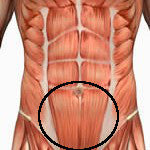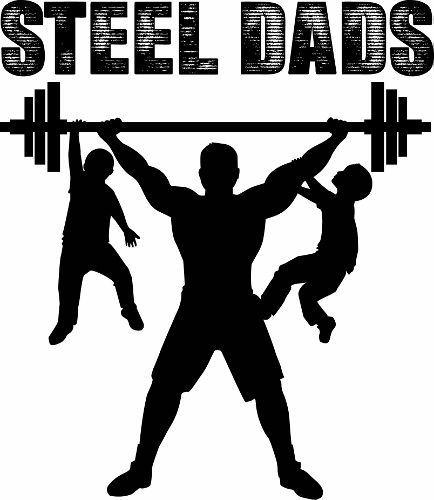I saw this article today and wanted to share it with you. It's short, to the point, and has all the right information in it. For more articles, check out FerrignoFit.com
So you want six-pack abs. Are you willing to work for them? Here are some tips to get you started on your way to that washboard look.
FOCUS ON LOWER ABS

So many of the exercises we do rely on the strength and balance of our core. So, if you’re already engaged in a consistent workout program, you are probably working out your abs. However, it’s likely that you’re only working out the upper six-pack area and neglecting your lower abs. It’s your lower abs that are providing stabilization and flexibility to the movement in your pelvis. They are vital to providing balance to your entire mid-section. Try ab exercises that focus on reverse movements to train the lower part of your abs – by default, you will also be working out the area above anyway.
DON’T OVERDO IT
Abs are a coveted muscle. And for some, it’s an easy one to workout. So, too often, we go crazy – bragging about the hundred crunches completed after a beast of a workout. Stop. Your abs can get overworked just as any other muscle. The average reps hover around 25. Anything more than 50 and you’re just wasting time.
PAY ATTENTION TO THE NEGATIVE MOVEMENT
This tip goes for all your exercises. But for some reason, abs are not treated like other muscles. So, we’re going to repeat this here. If you aren’t focusing on the slow negative movement (the movement that returns you to original position), then you’re throwing away the most fruitful part of your workout. A proper negative movement will lengthen the muscle, condition it for the next rep, and increase muscle strength.
AVOID TOO MUCH LATERAL MOVEMENT
This one is strictly for builders looking to compete or those looking to achieve a traditional builder body. In order to get that superhero V shape, you’ll want to widen the shoulders, expand the lats, and tighten the waist. Side bends and oblique-targeted exercises will not help you achieve this. With too much oblique-focused workouts, you’ll get a strong torso – great for boxers or martial artists – that fails to taper off and show off your lats.
LEAN OUT
Too many people ask the wrong questions when looking to get six-pack abs. If you do only one thing to develop those abs – eat well. You probably already know that diet is responsible for the majority of your success when it comes to your overall fitness. But when it comes to chiseling out specific muscles, it’s even more important. You WILL NOT get definition without eating lean.
That muscle definition you crave comes from reducing body fat and water around the muscle. This means you must eat lean meats and reduce the sodium in your diet. To add insult to injury, the belly is one of the first places we all store fat. So guess what, it’s one of the last places to lose it.




